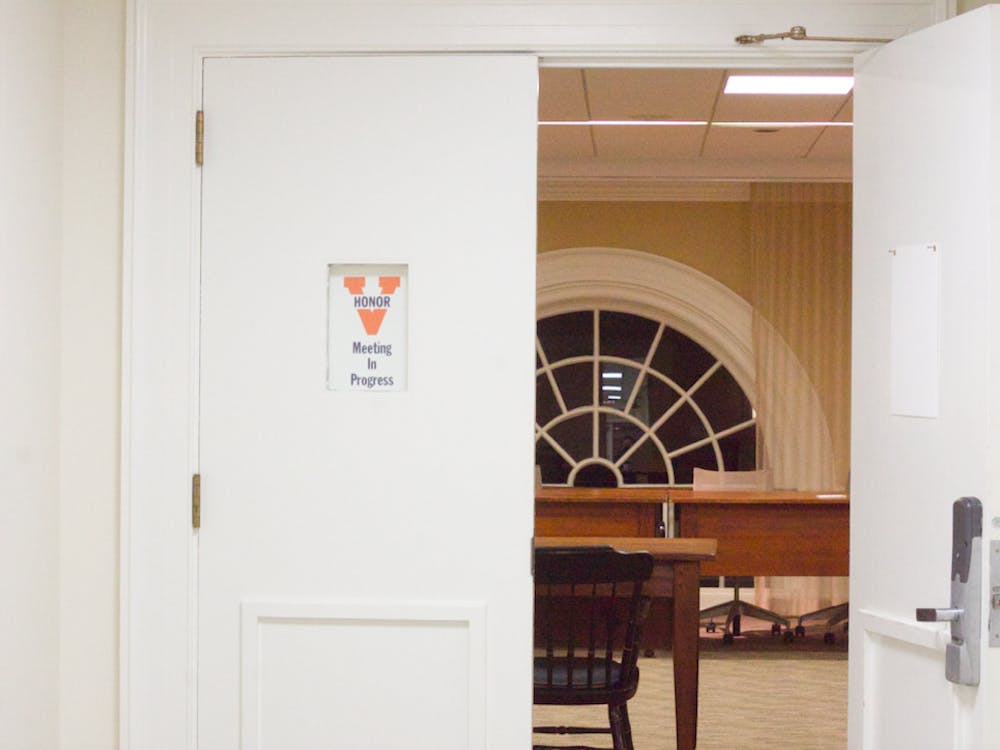Last Tuesday I facilitated a discussion on Russian literature with two residents in a juvenile correctional facility through the University’s Books Behind Bars class. In a discussion of Lermontov’s “A Hero of our Time,” one resident expressed the importance of taking risks in life. To further the conversation, I asked the members of the group what risks they foresaw themselves taking in the future. I posed the question with an air of optimism, a slight smile and a tone that inferred infinite possibility (the same way my third grade teacher asked me what I wanted to be when I grew up). I hoped to hear responses such as “move to a new place” or “start a business.” Instead, one resident looked at me and said matter-of-factly he likely would take a risk that would lead to a second incarceration, saying there were only so many opportunities to make money as a convicted felon and his family relied on him to provide for them. My co-facilitator took the opportunity to respond while I grasped for an appropriate counterpoint. Ultimately, I didn’t have one.
After that meeting, I returned home and proceeded to learn as much as I could about the current status of the U.S. prison system, juvenile incarceration, recidivism rates and barriers to societal re-entry facing felons. Here’s what I learned: rates of incarceration in the U.S. have increased by 700 percent in the last 40 years despite crime rates dropping. Critics of the annual $50 billion price tag on America’s War on Drugs often attribute this staggering increase to the high sentencing rate for non-violent drug crimes (you can get life in prison for distributing ecstasy at a party — a Schedule 1 drug — in Virginia). This is a problem, undoubtedly. But the problem with incarceration is entrenched in racial and socioeconomic biases far more difficult to parse.
In America, African-American males are incarcerated at six times the rate of white males — an increase from 1960, when black men were five times as likely as whites to be incarcerated — and Latino men face a ratio of 2.5 to one. Our justice system is rife with racial disparities in sentencing, death-penalty verdicts, the granting of probation or parole and employment prospects after incarceration. Mass incarceration cripples families and communities, perpetuates poverty and recreates conditions for crime, institutionalizing a form of racial control. As a result, about one in four American adults (65 million) now have a criminal record.
In grappling with the magnitude of that statistic, I am left questioning how so many people can be successful despite a less-than-perfect legal past. Framing that consideration in hypothetical anecdotes, it becomes easier for me to see the relative ease with which an upper-middle class University student caught with hard drugs at a party can bounce back from a resume-tarnishing felony. Students know how to write essays explaining away their convictions and talk to prospective employers about how much they learned in the process. They are imbued with a confidence bestowed upon them by unfair circumstantial advantages.
Yet, for many low-income prisoners, the path out of the cyclical poverty surrounding them is invisible. Viable avenues to empowerment, specifically education, disappear behind mountains of cumbersome roadblocks, and those who do see the entrances to such paths are paralyzed by a lack of confidence. They question who they are to think they could succeed when those around them are caught in a cycle of poverty (and often recidivism).
For example, the resident I spoke with at Beaumont Juvenile Correction Center was floored by my statement that colleges accept ex-felons — something he had never considered, always believing any “yes” in the criminal record section of an application was an automatic “no” from evaluators. I tried to counter that the Common Application left space for an explanation of circumstances, and while it might have been an overly optimistic consolation, it nonetheless was a fact of which he was entirely unaware.
Just like research on SAT confirmation bias and stereotype threat has proven that checking “female” or a minority race prior to testing can decrease performance, checking a box confirming prior incarceration or conviction deters disadvantaged applicants from the country’s most marginalized social groups who already lack confidence. While I don’t think those boxes should be eliminated, I do think residents require role models who can present such application sections in a different light.
Cornell University’s Prison Education Program provides an exceptional framework for how communities can expose opportunity to residents lacking vision and role models. The program, comparable to Books Behind Bars but far more extensive, brings college professors and undergraduates to facilities around Ithaca to teach courses on a variety of subjects to residents for credit. By receiving college credit, residents can graduate in two years with an associate’s degree from Cayuga Community College in Ithaca. The most ambitious graduates can leverage that degree to apply for more competitive bachelors programs upon release, utilizing help from Cornell faculty. While not every program participant will go on to receive a bachelor’s degree — or even finish an associate’s — what this program does provide is an opportunity for residents to visualize autonomy for themselves.
There are far more complex social issues at play here, including a prison-stigma that transcends any policy fix, but providing juvenile residents with a vision of a path out of their current circumstances is one way to decrease recidivism rates while we wait for more sustainable responses to the issue from Washington. This requires more than glib encouragements like the ones I gave my resident. More important than saying “you can do it!” is a clear, actionable program like CPEP that shows residents how to get there.
Lauren Jackson is a Viewpoint writer.





